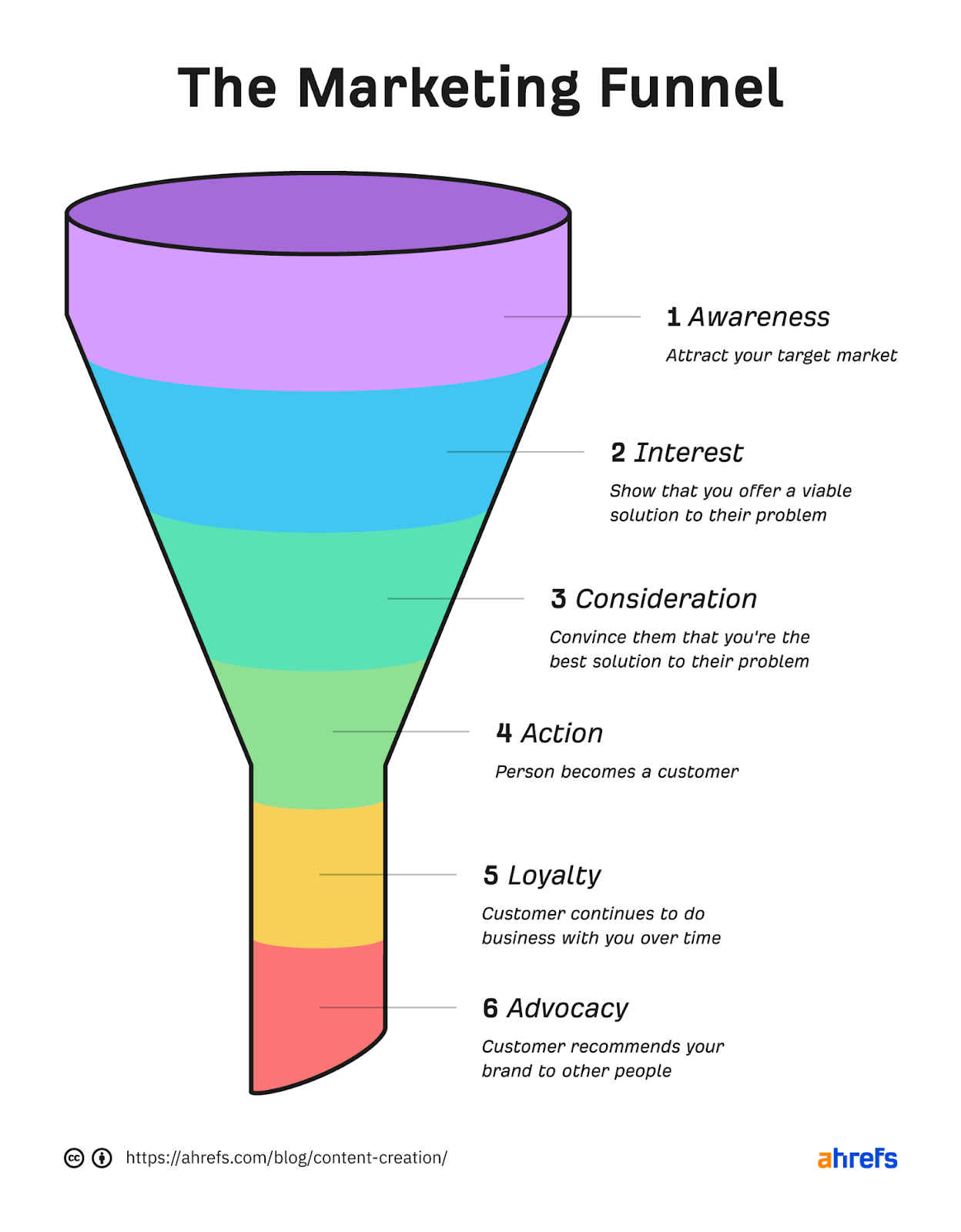In today’s fast-paced business world, traditional marketing methods aren’t always enough to stay ahead of the competition. That’s where growth marketing comes in. If you’re new to the concept, don’t worry – this guide will break it down in simple terms, so you can understand how growth marketing can help your business grow and succeed.
What Is Growth Marketing?
Growth marketing is a data-driven approach focused on the entire customer journey. It aims to attract, engage, and retain customers by using creative, analytical, and experimental methods. Unlike traditional marketing, which often focuses on broad, one-size-fits-all campaigns, growth marketing is more about constant testing, optimization, and learning from results.
Growth marketers look at every stage of the customer’s experience with a brand, from awareness to purchase and beyond, with the goal of improving overall business performance. They use data and insights to identify what works, and then adjust their strategies to achieve better results.
Key Elements of Growth Marketing
Here are some key elements that make up growth marketing:
Data-Driven Decisions
Growth marketing relies heavily on data. By tracking metrics such as customer behavior, conversion rates, and sales data, marketers can identify patterns and make informed decisions. This helps businesses understand what’s working and where improvements are needed.
Experimentation and Testing
Growth marketing is all about testing new ideas. Marketers regularly experiment with different strategies, whether it’s trying new content formats, changing ad copy, or testing different landing pages. They analyze the results of these tests and use them to refine their approach.
Focus on the Entire Funnel
Unlike traditional marketing, which often focuses solely on attracting new customers, growth marketing looks at the entire customer journey. From awareness to conversion and retention, growth marketers work to optimize every stage of the funnel.
Retention and Loyalty
While acquiring new customers is important, growth marketers place a strong emphasis on retaining existing customers. Loyal customers are often the best source of long-term growth, as they are more likely to make repeat purchases and refer others to the brand.
Cost Efficiency
Growth marketing aims to achieve maximum results with minimal resources. By constantly testing and optimizing, growth marketers can ensure that they are getting the best return on investment (ROI) for their marketing spend.
How Growth Marketing Works
Growth marketing is a continuous process that focuses on improving customer acquisition, engagement, and retention. Let’s break down the typical steps involved in growth marketing:
Attracting New Customers
The first step in growth marketing is attracting new customers to your business. This involves using various marketing channels such as social media, content marketing, paid ads, and SEO (Search Engine Optimization). The goal is to create awareness and drive traffic to your website or store.
Growth marketers may test different strategies, such as A/B testing headlines or experimenting with various social media platforms, to see which brings in the most traffic.
Engaging Potential Customers
Once a potential customer visits your website or social media page, the next step is to keep them engaged. This is where personalized content, email marketing, and well-designed landing pages come into play. Growth marketers focus on creating a seamless, enjoyable experience for visitors to help convert them into leads.
For example, they might use retargeting ads to bring back visitors who didn’t make a purchase the first time. By analyzing customer behavior, they can target ads and offers more effectively.
Converting Visitors to Customers with Shopify CRO
Conversion is a critical stage in the growth marketing funnel. Once you’ve attracted and engaged potential customers, you need to encourage them to take action – whether it’s making a purchase, signing up for a newsletter, or downloading an app. Growth marketers use conversion rate optimization (Shopify CRO) techniques, such as improving website design, streamlining checkout processes, or offering special discounts, to increase the likelihood of conversion.
Turning visitors into customers is key to growing your online store. With the right strategies, you can encourage visitors to make a purchase. One great way to do this is by using Shopify CRO (Conversion Rate Optimization).
Shopify CRO helps improve your store so visitors are more likely to buy. It focuses on making the shopping experience smooth and easy.
Retaining Customers
Acquiring new customers is important, but retaining existing customers is key to sustainable growth. Growth marketing doesn’t stop once a customer has made a purchase. Marketers focus on nurturing these relationships through loyalty programs, personalized emails, and follow-up communication.
By keeping customers happy and engaged, you increase the chance of repeat purchases, which can lead to long-term success. Growth marketers may also ask customers for feedback to improve the product or service and enhance customer satisfaction.
Benefits of Growth Marketing
There are many benefits of adopting a growth marketing strategy. Here are a few of the most significant advantages:
Faster Growth
Because growth marketing is focused on experimentation and testing, it allows businesses to quickly discover what works and what doesn’t. This agility leads to faster results and growth compared to traditional marketing strategies.
Better ROI
By constantly testing and optimizing strategies, growth marketers can ensure that every marketing dollar spent is working towards achieving the best possible outcome. This often leads to better ROI than more traditional methods.
Improved Customer Retention
Growth marketing places a strong emphasis on customer retention. By nurturing relationships with existing customers and providing them with value, businesses can build long-term loyalty, which is more cost-effective than acquiring new customers.
Data-Driven Insights
Growth marketers rely on data to guide their decisions. This means that businesses can gain valuable insights into their customers’ behaviors, preferences, and needs, which helps them make more informed decisions in the future.
Scalability
As your business grows, so can your marketing strategies. Growth marketing focuses on scalable solutions that can evolve with the business, ensuring that your marketing efforts can continue to drive success as your company expands.
Growth Marketing Tools: Boosting Your Business with the Right Tools
